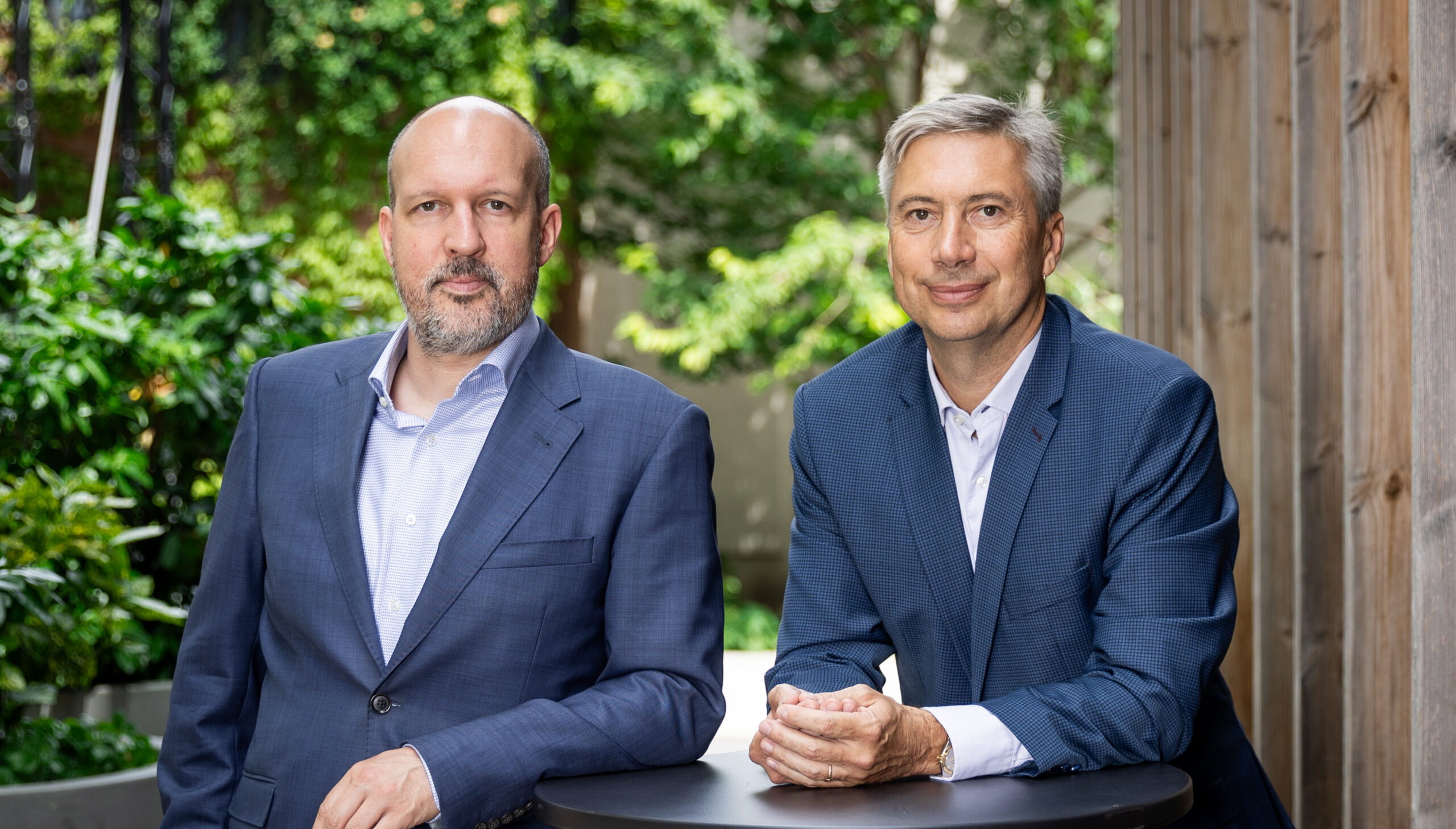Does it make sense to educate the public about what you do, or are YMS systems supposed to operate quietly?
R.F.: Technology can be quietly invisible, but its impacts must be felt. And people must understand the connection. The system monitors the health of the forest so they can take the family on a trip there, or so they can buy firewood. It monitors the drought in the field so that the grain harvest for bread is good. It monitors the safety of the road that children walk on. It ensures that a transit gas pipeline does not explode somewhere. And so on. Then the technology is accepted as a part of life and people begin to trust it.
If you had to turn your 35-year history into an algorithm, what would it look like?
M.S.: The inputs would be customer needs – public sector, forestry, infrastructure. Added to this would be technological trends, legislation and user feedback. The logic would be based on gradual development based on trust, long-term cooperation and a balance between stability and innovation. Our “algorithm” would learn from history, adapt to changes and optimize for new challenges. The output would be stable but flexible software solutions, quiet and reliable.
What do you offer IT specialists and programmers that they can’t find at other software companies?
R.F.: An environment that has the atmosphere of a family business. We choose people not only based on their competence, but also on their human compatibility. That is why we have the largest team of “blue” and “green” personalities in the company. They are experts, but at the same time they care about good relationships. A new person will be surprised by the quality of long-term friendships with us. In addition, we have interesting clients, we use the most modern technologies, we constantly keep up with the times, and even the most experienced software architect or programmer will not get bored and will progress. We have a history and a perspective for the future. It is an attractive combination.
YMS has women in development, testing, and analysis. What qualities do you think they bring to the IT world, which is still perceived as “male”?
R.F.: A combination of precision, empathy and a strong sense of context. As elsewhere in life, it’s about balance, complementing opposites. A combined masculine and feminine world is always an added value, IT is no exception.
You also work with universities and involve young people. How are their questions or ideas useful?
R.S.: Young people are not afraid to question the “established”. Their advantage is that they do not know the boundaries – which is a huge strength in innovation. They ask “why should it be like this?”, while seniors sometimes think in the confines of functionality. Both perspectives are necessary. Like women and men, stability and innovation, the combination of junior fearlessness and senior experience is irreplaceable.
You started with “technology islands” and today you are creating complex ecosystems. Where are you heading and where do you see the limits of integration?
R.F.: Our systems communicate with other suppliers’ systems, central registries, map data or data warehouses. There is literally an unlimited amount of data there. From remote sensing, drones, satellites in all possible forms. Technologically, almost anything can be connected today. The question is what makes sense for the user and for society. If data is redundant, duplicated, untrustworthy or misinterpreted, it loses its value. Integration must be well thought out, otherwise chaos will arise.
You’ve probably experienced a lot of technological advancements over the past three and a half decades. What surprised you the most?
R.F.: Today, software can no longer “just” work as it used to. It has to be safe, intuitive, elegant. The more technology advances, the more people are interested in simplicity, clarity, and trustworthiness. What has certainly surprised everyone the most is the speed of development of artificial intelligence. It is a phenomenon that completely changes the rules of the game. In software development, it is perhaps a greater revolution than the advent of the Internet.
M.S.: We started with data on CDs, installed on isolated PCs and local servers. Perhaps the most dramatic change was brought by data centers, the cloud, the amount of data and the growth of user expectations. The experience of new applications also raised expectations for corporate software. Managers suddenly wanted to experience the same ease at work, and with large corporate systems it took a while to achieve a comparable experience.
How has the client changed – their requirements, expectations and ability to cooperate?
R.F.: Radically. In the past, clients treated technology as a black box. “Do it, we don’t understand it.” Today, they are our partners. They know what they want, they follow trends, and they expect the system to be functional, intuitive, beautiful, and customizable. I am glad that they are now fully aware that their system is only as good as the data they “feed” it with. That is why they are paying more attention to what data they use and where it comes from. And they appreciate that here too, we are a partner who can not only deliver data to them, but also find, verify, clean, connect, evaluate, and interpret it correctly.
After 35 years in the IT solutions market – what do you think is the main reason you have not only survived, but are growing?
M.S.: The key is long-term trust – of customers, partners and employees. From the beginning, we have strived for solutions with lasting value, not just “projects”. Thanks to this, we have a stable core of products. We are constantly enriching this with new technologies, functionalities, data and user-oriented ergonomic design.
R.F.: New legislative, ecological and technological requirements are constantly emerging in forestry, infrastructure and public administration. Long-distance running is our dominant superpower. Although it is no longer sexy in today’s fast-paced world, we have in-depth and long-term knowledge that allows us to respond quickly to changing needs. We know what works and we are constantly improving it.
Where is the biggest difference in the adoption of innovations between the Slovak and European markets? What do foreign partners think about Slovakia?
R.S.: It’s a paradox – we have top people, but sometimes we don’t dare to innovate ourselves. Europe often sees us as technologically savvy but less confident. But when we show results – for example in the field of geodata or predictive systems – the respect is immediate.
If you were to digitize your know-how into a gene that is passed down from generation to generation of IT professionals – what would be its “DNA code”?
R.F.: “Don’t ask how it works, but why it should work this way.” At the core of every system we build is the question of meaning – not just functionality. And it is this ability to ask the right questions, not to settle for the first solution. always think about the user, that should be in our DNA. That is our digital legacy.



